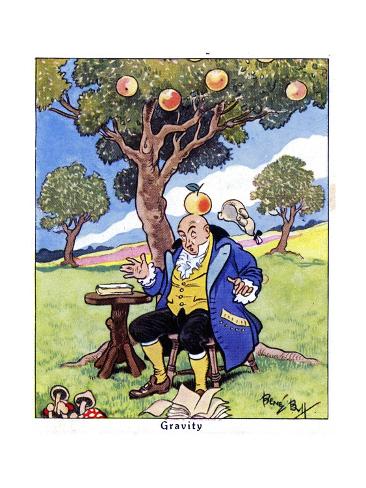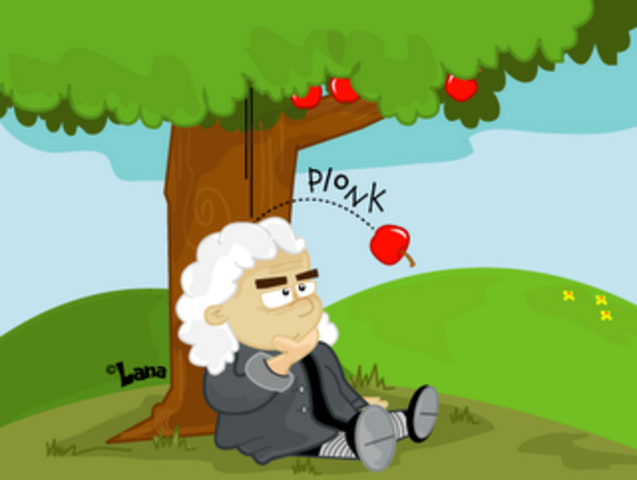
He was given a state funeral and buried in Westminster Abbey, London. On March 20, 1727, Newton died at age 84. The book took him two years to produce and his ideas and theories now underpin much of modern science and engineering.

Isaac Newton released Philosophiæ Naturalis Principia Mathematica in 1687, in which he laid out his laws of motion forming a basis for classical mechanics and his laws of gravitation. Some historians believe this is how the falling apple story started. An acquaintance of his did write in his biography of Isaac Newton that when he was with Isaac in a garden and Newton was thinking about gravity, it was “occasion'd by the fall of an apple”. This story is not likely to be true, Newton didn’t create his theory of gravity in a single moment. The Apple of Gravity Sir Isaac Newton is arguably as the most brilliant and original theorist who played a huge part in influencing the history of science. Newton is most famous for his theory of gravity which many people associate with the falling of an apple on his head. Before this discovery, people thought that the prism colored the light. He concluded that the colors must be a part of white light. In 1666, Newton studied optics, specifically looking at the different colors of light that exited a prism due to refraction. Many historians now suggest both men invented calculus independently, just with different notation. His most influential mathematical invention is calculus, the study of change, although the invention is also claimed by Gottfried Liebniz.

Newton made advances in just about every branch of mathematics studied at the time. The unit of force, the newton (N), is named after him. He, arguably, made the largest contribution to physics than any other human in the history of humankind.

Isaac Newton was a British scientist born on Januin Woolsthorpe Manor, UK.


 0 kommentar(er)
0 kommentar(er)
